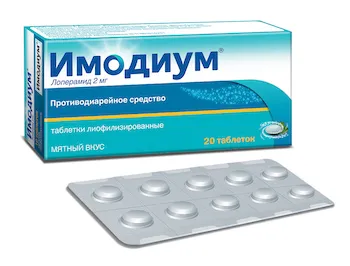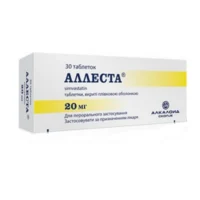Description
Imodium Capsules 2 mg. №20
Ingredients:
Each capsule contains 2 mg of Loperamide hydrochloride as the active ingredient.
Mechanism of Action:
Loperamide, the active ingredient in Imodium capsules, is a synthetic opioid that acts on the mu-opioid receptors in the gut. It slows down peristalsis and increases the tone of the anal sphincter, resulting in decreased stool frequency and improved stool consistency.
Pharmacological Properties:
Imodium capsules containing Loperamide hydrochloride exhibit antidiarrheal effects by reducing bowel movements and alleviating urgency associated with diarrhea. The drug is well-absorbed orally and has minimal central nervous system side effects due to its limited penetration of the blood-brain barrier.
Indications for Use:
Imodium capsules are indicated for the control and symptomatic relief of acute nonspecific diarrhea and chronic diarrhea associated with inflammatory bowel disease.
Contraindications:
Imodium capsules should not be used in patients with a known hypersensitivity to Loperamide or in the presence of abdominal distension without diarrhea.
Side Effects:
Common side effects of Imodium capsules may include constipation, dizziness, drowsiness, and abdominal discomfort. If any severe side effects occur, discontinue use and seek medical attention.
Usage Instructions:
The usual adult dosage is 2 capsules initially, followed by 1 capsule after each loose stool, not exceeding 4 capsules in 24 hours. Swallow the capsules whole with water and do not chew. It is important to follow the dosage instructions carefully.
Benefits Compared to Analogues:
Imodium capsules offer effective relief from diarrhea with a lower risk of central nervous system side effects compared to some other antidiarrheal medications.
Suitable Patient Groups:
Imodium capsules should not be used in children under 6 years of age without medical advice. Consult a healthcare professional before use in elderly patients or individuals with underlying medical conditions.
Storage Conditions and Shelf Life:
Store Imodium capsules at room temperature away from moisture and heat. Check the expiration date on the packaging and do not use the product if expired.
Packaging Description:
Each pack of Imodium capsules contains 20 capsules, each with a dosage of 2 mg of Loperamide hydrochloride.





